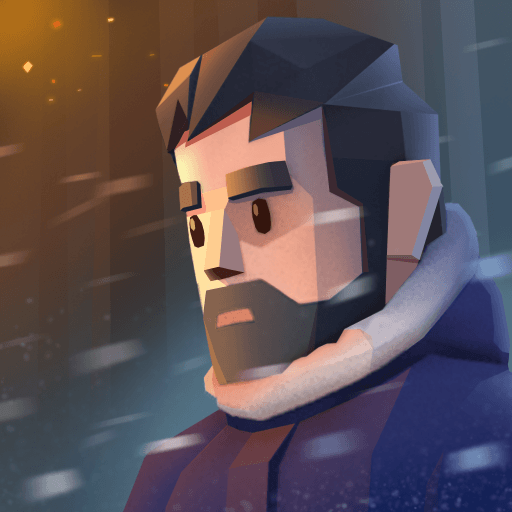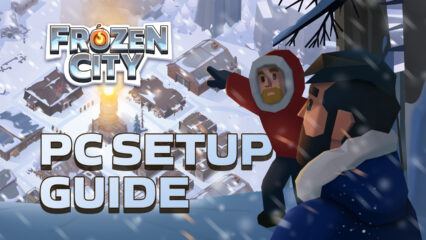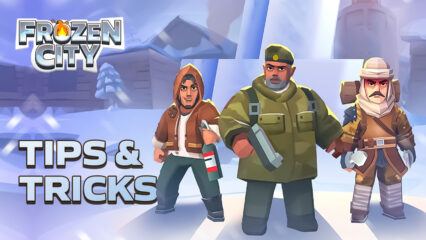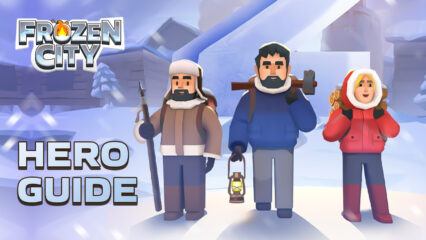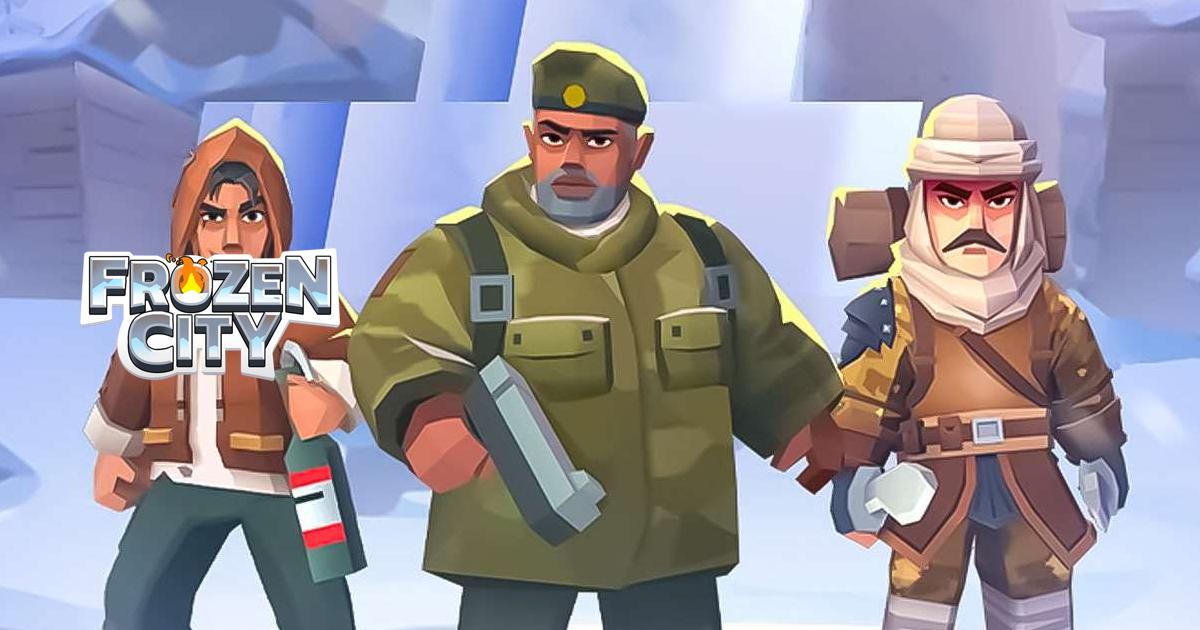Frozen City Beginner’s Guide - Learn the Basics of Surviving in the Frozen Wilderness
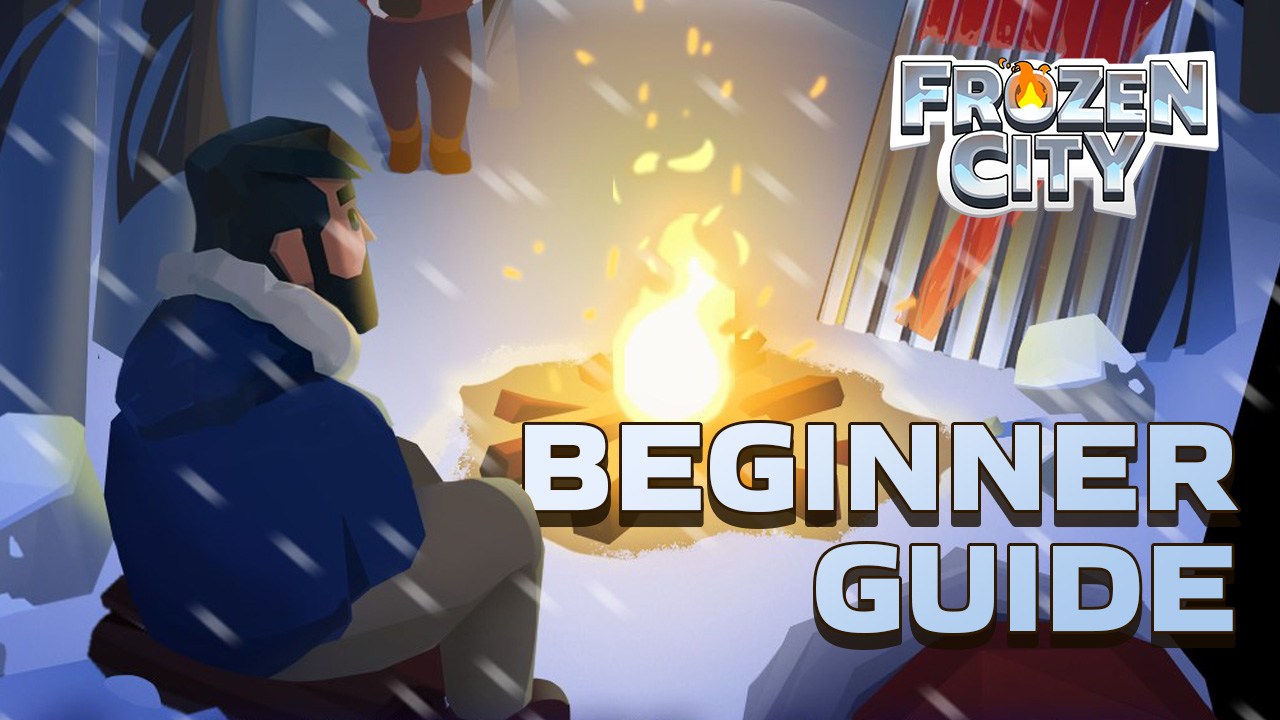
The new Frozen City is bringing a breath of fresh air to the base building genre by giving players a brand new spin to the classic formula. In other words, instead of building structures, training troops, and fighting against other players, this game is more focused on survival and the creation of supply chains to continuously build up your bases and complete missions, which in turn will let you progress to further stages and unlock more complex supply chains.
With that being said, there’s a few basic things you should know before jumping into Frozen City, which we’ll be touching upon in this beginner’s guide. If you’re just getting started in this game, then this guide is for you!
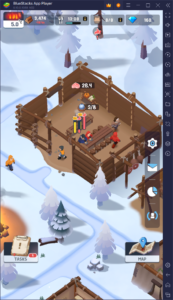
Meeting Basic Needs
Surviving in the cold can be really tough, especially since there are lots of different needs and requirements that need to be met, aside from the ones that you’d have even out of the frigid temperatures. Among these needs, we can find hunger, shelter, and facilities, to name a few, which are all fairly straightforward to address: For hunger, you simply need to keep enough food at hand; for shelter, having more beds will let you harbor more survivors, and for facilities, you’ll need to build different structures that will allow your survivors to craft and create a variety of essential goods.
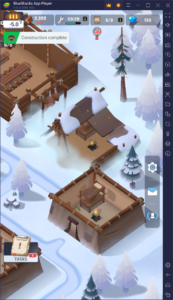
Your first order of business whenever you’re beginning on a new map will be to secure all the ingredients necessary to fulfill these basic needs. However, while some of these basic necessities will remain constant throughout most stages, the way in which you fulfill them might vary slightly, as some might require different materials depending on the stage, which can be obtained through different buildings.
Regardless of the stage, your priority should always be to begin producing food, and also make enough space to accommodate as many survivors as you can from the very beginning. As such, you’ll want to focus on your kitchen, your hunter’s cabin, and your dorms. After fulfilling these basic needs, you can go ahead and focus on the stage objectives.
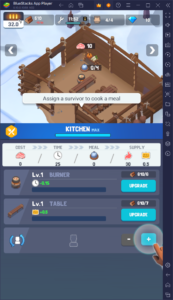
Speaking of which…
Completing Stages
While Frozen City might look like a regular base building and strategy game, it’s actually not entirely this way, considering that this game takes place through many different stages instead of one continuous base-building aspect. Specifically, each stage in this game has a series of objectives that you must complete in order to advance to the next. And these objectives, in turn, will involve all of the different elements and aspects that you’ll find in the current stage.
For instance, the first stage will introduce you to the basic elements such as lumber and food, while teaching you how to survive in the cold. Meanwhile, as you continue to progress through the game, you’ll unlock many other different materials, which in turn feed into more complex production chains, which will ease you into more advanced projects and goals.
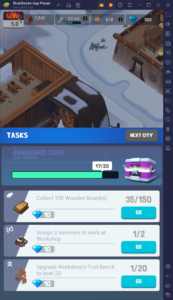
One important thing to note here is that, by completing stages, you’ll unlock permanent benefits such as an infinite supply of certain building materials, which in turn will be very useful as you move into other stages.
Fire and Warmth
While food and rest are vital elements for the survival of your inhabitants, fire and warmth are also quite important, considering that the constant bitter cold can make your survivors sick and greatly limit their productivity.
The best way to stay warm in Frozen City is simply by igniting your campfire and keeping it going at all times. While your fire is lit, you’ll instantly warm up and your survivors will continue working in top shape. And as long as your temperature stays as close to 0C as possible, you’ll avoid any illnesses.
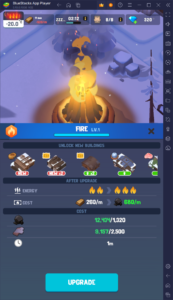
A cool fact about your campfire that the game doesn’t explain is the fact that you can level it up just like any other building. Upgrading your campfire will allow it to burn brighter, but it will also bump up the cost of keeping it going, especially if you’re burning it on the highest setting. Nevertheless, once you get your temperature above freezing, you will no longer have to fear diseases.
The Different Times of the Day
In Frozen City, your survivors are always constantly working on whatever task you give them. However, while they will do their best when they’re on the clock, your workers will also spend some time during the day eating and resting.
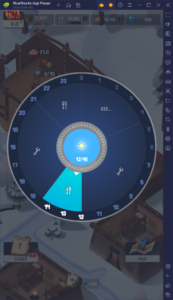
You can always check the schedule for each map by clicking on the clock at the top of the screen, where you will see exactly when your survivors will be working, eating, or sleeping. In this manner, you can plan your days accordingly.
Processing Resources and Creating a Supply Chain
At the end of the day, a lot of your work in this game will come down to waiting. That is, once your supply chains are up and running, it’s a matter of time until you produce or gather enough items in order to upgrade your buildings further and complete the stage objectives. However, before you’re able to reach this point, you’ll first need to spend some time creating a supply chain.
At first, your supply chains in Frozen City will be quite simple. For instance, a basic supply chain will be to produce lumber so that you can turn them into planks in the workshop. However, as you progress onto later stages, these chains will get increasingly more complex, with some of them requiring more than one raw material, which will in turn ramp up your production costs. As such, it’s your task to keep your production ongoing at all times by avoiding disease, while also meeting the basic needs of your survivors so that they can continue working uninterrupted.
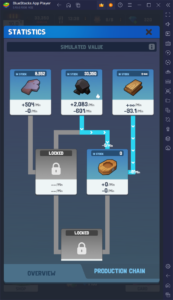
One last thing to know about supply chains is that you can always check your current resource production and manufacturing costs by clicking on your resources at the top of the screen and going to the “Production Chain” tab.
This is all you need to know in order to get a good start in Frozen City. Keep in mind there’s also a complex hero system that you’ll unlock as you progress further into the game, which we’ll talk about in another guide. For now, feel free to share your own thoughts, questions, and tips in the comments below!

